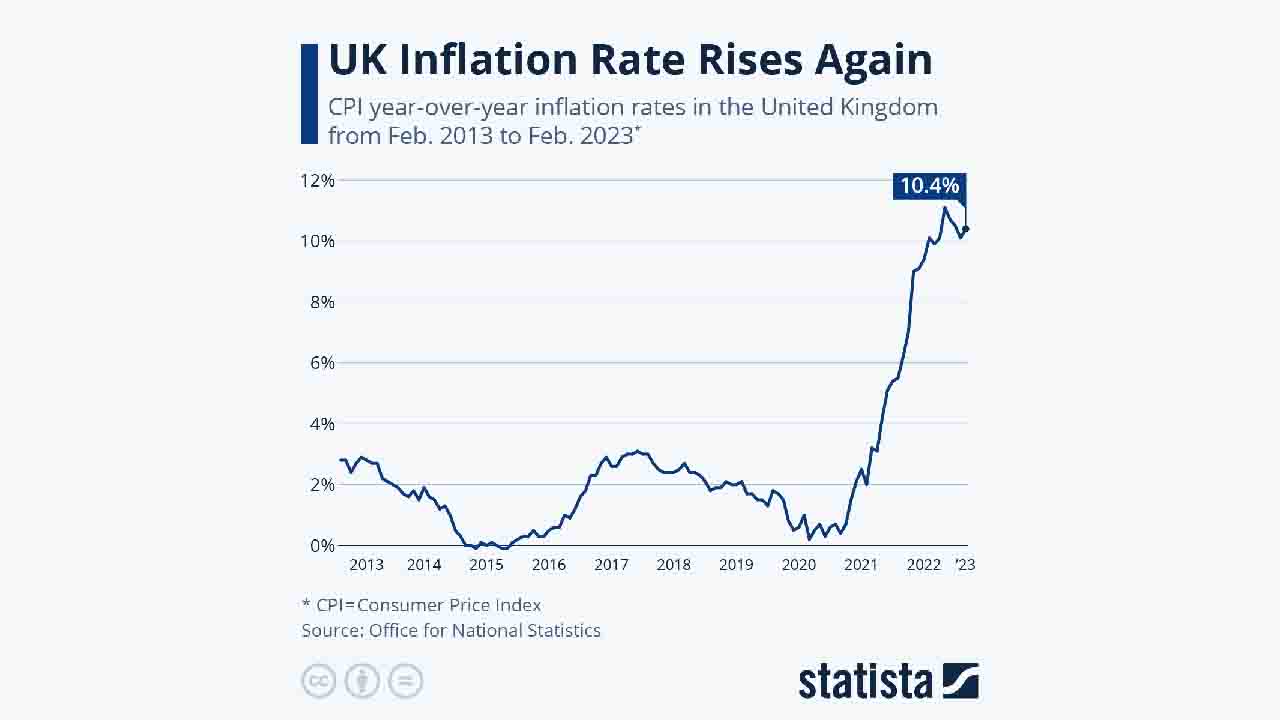Inflation is a phenomenon that occurs when the prices of goods and services rise steadily over time. It can have a significant impact on the economy of a country, affecting the purchasing power of consumers, the cost of borrowing, and the competitiveness of businesses. In the United Kingdom (UK), inflation has been persistently high in recent years, prompting concerns about its impact on the country’s economic stability. How does the UK’s inflation compare to that of other European Union (EU) countries?
First, it’s important to define what we mean by “high” inflation. In general, central banks aim to keep inflation at around 2% per year, as this is seen as a level that is low enough to avoid the negative effects of deflation (when prices fall) but high enough to encourage investment and spending. However, inflation in the UK has been above this target for some time. In March 2022, the UK’s inflation rate was 4.7%, the highest it had been since 2011. This was largely driven by factors such as rising energy prices, supply chain disruptions, and increased demand as the economy reopened after the COVID-19 pandemic.
How does this compare to other EU countries? The European Central Bank (ECB) sets a similar inflation target of below, but close to, 2%. However, individual EU countries can experience different levels of inflation depending on a range of factors such as their economic structure, policy decisions, and external shocks.








